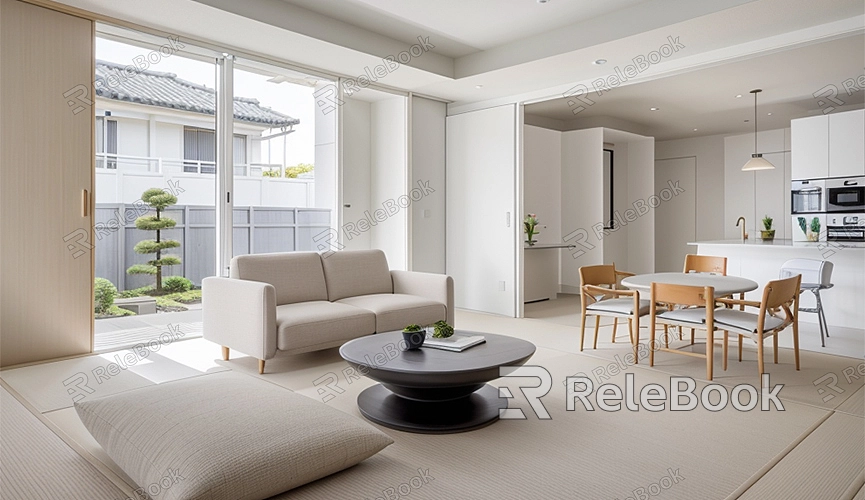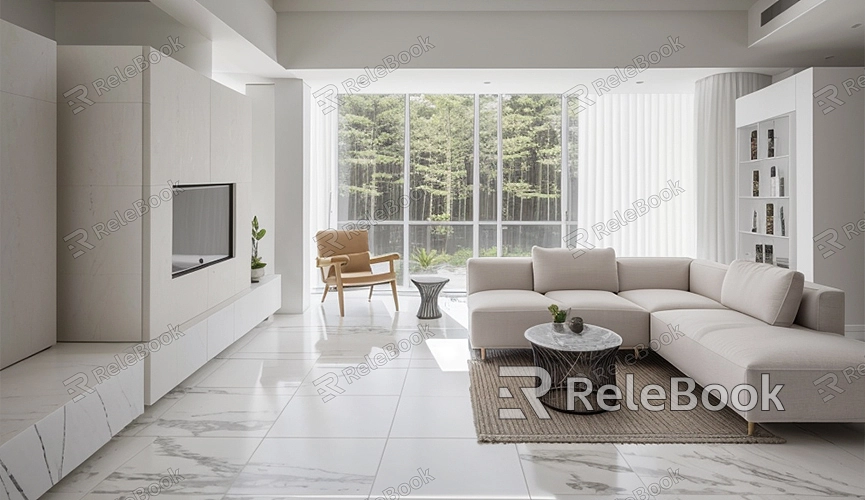How to Move Objects in Render Blender
Moving objects in a render within Blender is a fundamental yet crucial skill. Whether you’re a beginner or an experienced 3D designer, understanding how to adjust the position, rotation, and scale of objects during the rendering process is key to creating realistic and professional 3D scenes. This guide will walk you through how to move objects in Blender renders and provide some practical tips to help streamline your workflow.
Open Blender and Import Objects

First, make sure you have Blender installed and opened. If you don’t have any objects yet, you can import one or create a new object.
1. Launch Blender: Double-click the Blender icon to open the software.
2. Import Object: From the top menu bar, select “File” > “Import” > choose the file type (e.g., .obj or .fbx), then select the object file you want to import.
Switch to Object Mode
After importing the object, ensure you are in Object Mode to select and move objects.
1. Switch Mode: In the top-left corner dropdown menu, choose “Object Mode.”
Select the Object
In Object Mode, click on the object you want to move. The selected object will have an orange outline.
1. Select Object: Left-click the object you wish to move, ensuring its outline turns orange.
Use the G Key to Move the Object
Blender offers a straightforward method to move objects using the G key.
1. Press G Key: With the object selected, press the G key on your keyboard to enter Move Mode.
2. Move Object: Move your mouse to see the object shift in the 3D Viewport. You can press X, Y, or Z to constrain the movement direction.
3. Confirm Position: Once the object is in the desired position, left-click to confirm the move.
Use Transformation Tools

In addition to using the G key, you can use Blender’s transformation tools for more precise movements.
1. Select Transformation Tool: In the left toolbar, click the “Move” icon (an arrow).
2. Drag Arrows: Use your mouse to drag the red, green, or blue arrows on the object to move it along the X, Y, or Z axis.
Move Objects in Render View
To ensure objects are correctly positioned in the render view, move them within this view.
1. Switch to Render View: In the top-right corner view mode switch menu, select “Rendered.”
2. Move Object: In the Rendered View, use the G key or transformation tools to position the object correctly for the render.
Adjust Object Rotation and Scale
Besides moving objects, you might need to adjust their rotation and scale.
1. Rotate Object: Select the object, then press R to enter Rotate Mode. You can press X, Y, or Z to constrain the rotation direction.
2. Scale Object: Select the object, then press S to enter Scale Mode. You can press X, Y, or Z to constrain the scaling direction.
Render Settings
Once you’ve adjusted the object’s position, rotation, and scale, you can proceed with rendering.
1. Set Render Engine: In the right “Render” panel, select the appropriate render engine (e.g., Cycles or Eevee).
2. Adjust Render Settings: Modify settings like resolution, sample count, etc., as needed.
3. Start Rendering: Press F12 to begin rendering your scene.
Refine Scene and Materials
To enhance the realism of your render, further optimize the scene and materials.
1. Add Lights: Add suitable light sources to your scene, adjusting their position and intensity.
2. Apply Materials: Apply appropriate materials and textures to the objects to improve their visual appeal.
If you need high-quality 3D textures and HDRIs for your models and virtual scenes, you can download them for free from [Relebook Textures](https://textures.relebook.com/). For beautiful 3D models, visit [Relebook 3D Models](https://3dmodels.relebook.com/), which offers a large selection of premium 3D resources. By following these steps, you can easily move objects in Blender renders and enhance your 3D scenes.

